Introductie en historie Mercedes-Benz W108 & W109
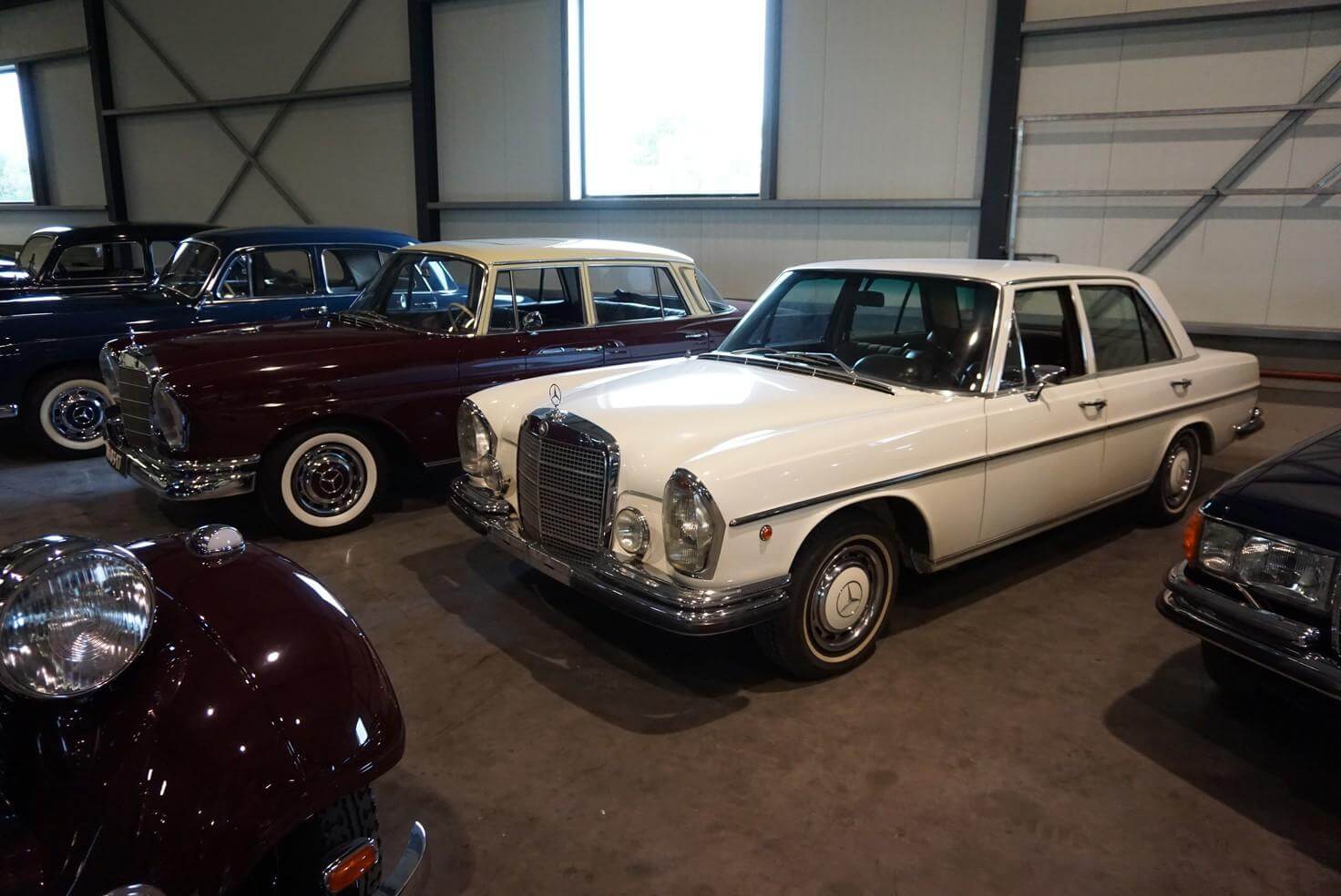
Introduction and History of the Mercedes-Benz W108 / W109 Series (1965–1972)
The Mercedes-Benz W108 and W109 represent the pinnacle of German automotive luxury in the late 1960s and early 1970s. Designed as the successors to the revered “Fintail” W111/W112 sedans, these models combined classic styling, refined engineering, and high-performance engines—marking the beginning of Mercedes-Benz’s transition into the modern S-Class era.
Although the “S-Class” name was only formally introduced in 1972 with the W116, the W108/W109 sedans are widely considered its spiritual predecessors—offering a blend of comfort, presence, and technological sophistication that defined Mercedes-Benz’s flagship models.
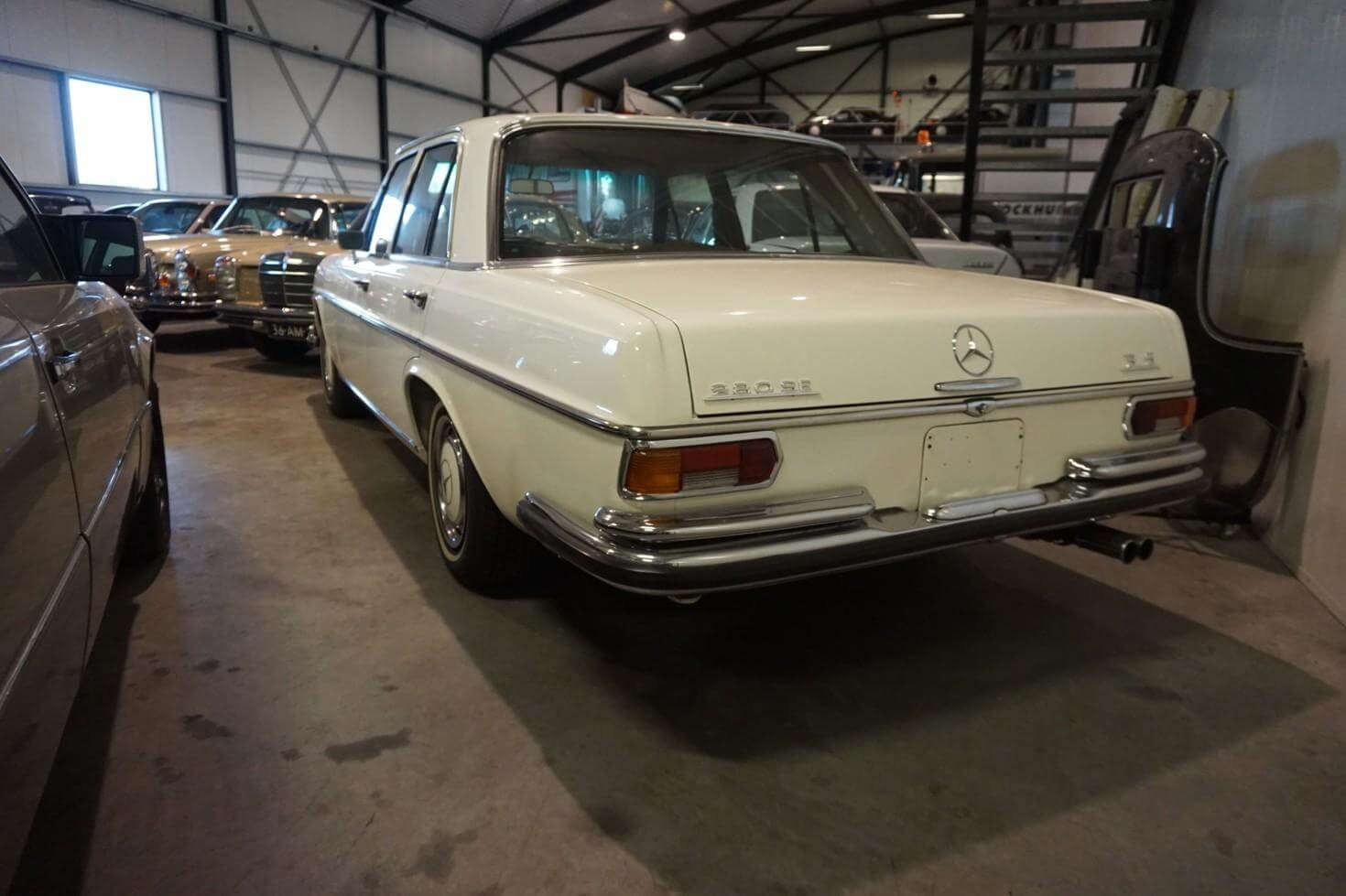
Development and Design
Introduced: September 1965 at the Frankfurt Motor Show
Designer: Paul Bracq, whose work gave the cars a sleek, formal, and timeless appearance
Styling featured:
Clean, slab-sided bodywork
Lower profile than the “Fintail” predecessors
Horizontal headlamps (U.S. models had vertical sealed beams)
A more modern and formal Mercedes grille
Although similar in appearance, the W108 and W109 were technically distinct:
| Feature | W108 | W109 |
|---|---|---|
| Suspension | Steel spring suspension | Self-leveling air suspension |
| Interior | Luxury | More upscale (real wood, more leather, extra soundproofing) |
| Engines | Inline-6 and later V8s | Only high-end 6-cyl or V8 |
| Chassis code | W108.xxx | W109.xxx |
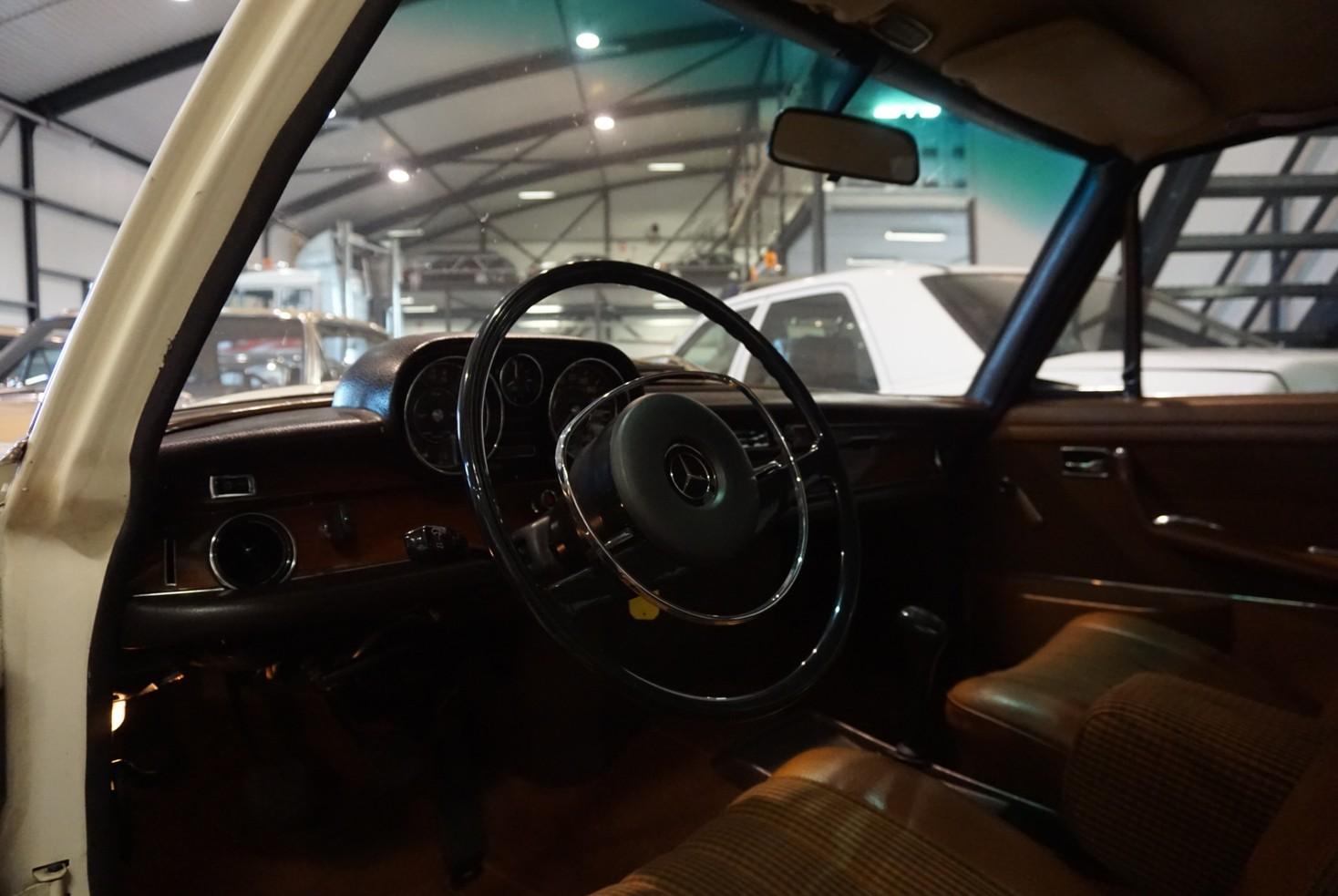
Engine Variants and Powertrains
W108 Series:
250 S / 250 SE: 2.5L I6 (carbureted or fuel-injected)
280 S / 280 SE / 280 SEL: 2.8L I6 (new M130 engine)
280 SE 3.5 / 280 SEL 3.5: 3.5L V8 introduced in 1969
280 SEL 4.5: 4.5L V8 for the U.S. market
W109 Series:
300 SEL: 3.0L inline-6 with air suspension
300 SEL 2.8: 2.8L I6 with better refinement
300 SEL 3.5: 3.5L V8
300 SEL 4.5: 4.5L V8 (primarily U.S.)
300 SEL 6.3: The most iconic — 6.3L M100 V8 from the 600 limousine
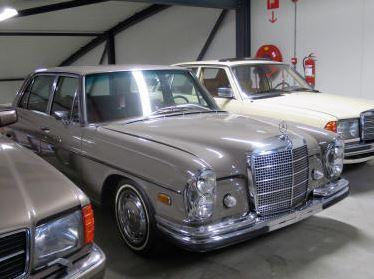
The 300 SEL 6.3: The Super Sedan
Introduced in 1968, the 300 SEL 6.3 was a performance revelation.
Used the massive M100 6.3L V8 from the Mercedes 600 (W100)
0–100 km/h in 6.5 seconds — faster than many sports cars of the era
Discreet styling hid supercar-level performance
Considered one of the first true luxury sports sedans
Luxury and Features
Standard or optional equipment included:
Power steering and automatic transmission
Air conditioning
Leather upholstery and wood trim
Becker radio systems
Air suspension (W109)
Four-wheel disc brakes
Central locking (on later models)
Markets and Global Presence
Very popular in Europe, North America, and parts of Asia
U.S. models had modifications such as:
Sealed beam headlights
Larger bumpers
Emission-controlled engines
Used by governments, embassies, executives, and professionals
Strong reputation for build quality, smoothness, and longevity

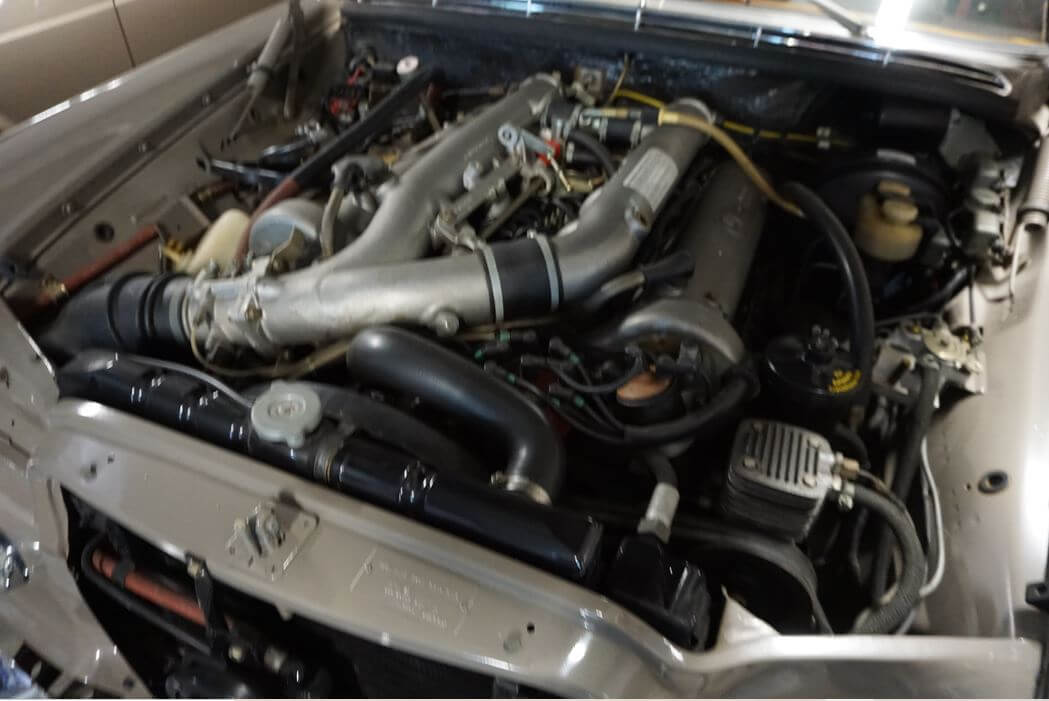
Legacy of the W108/W109 Series
The W108/109 sedans set the tone for future Mercedes-Benz flagships.
Their design is still admired for its proportion, grace, and understated power.
The 300 SEL 6.3 is considered a collector’s dream — and a true performance milestone in luxury sedan history.
Known today as robust, well-crafted classics with a growing enthusiast base.
Did You Know?
The W108/W109 introduced the long-wheelbase “SEL” format that became a staple for future S-Class models.
The 300 SEL 6.3 inspired the creation of AMG’s first race car, the legendary “Red Pig” (Rote Sau) that shocked the motorsport world at the 1971 Spa 24 Hours.